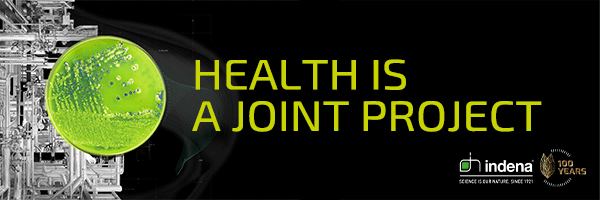Pharmaceuticals
FDA proposes process modernization to support new drug development 8th June 2018
The US Food and Drug Administration (FDA) has proposed process changes and organizational restructuring to modernize the new drug regulatory program, with the goalof improving efficiency by at least 20%.
“These changes are intended to free up resources so that our scientists and physicians have more time to focus on drug development, particularly for unmet medical needs, and on the multiple collaborations needed to make sure candidate drugs are developed and assessed properly, with appropriate input from external scientists, expert physicians and patient communities,” said Janet Woodcock, Director of the FDA’s Center for Drug Evaluation. “The proposals include regulatory and review process changes as well as organizational restructuring. We also intend to strengthen the support structures, including personnel and Information technology (IT), that underpin the regulatory process.”
The proposal suggests increasing the use of multidisciplinary teams for assessing innovative new drugs. A cross-disciplinary team would be assigned to work on a new drug application at the outset. (Previously, CDER reviewers would seek consults from specialists in other scientific disciplines as issues were identified in the course of review).
The proposal would also centralize project-management functions within CDER’s Office of New Drug Development. CDER currently has 19 separate review divisions that regulate drugs. Over time, many divisions have developed procedures specific to their areas of review. Now, the aim is to to have just one consistent process. This may be especially important in view of plans to increase the number of review divisions from 19 to 30. As well as enabling greater efficiency, this increase is intended to lead to a better understanding of the diseases intended to be treated by the drugs evaluated for approval.
FDA Commissioner Scott Gottlieb commented, “One goal of this modernization of our process, for example, will be the ability to issue much more product-specific guidance documents. We’ll develop hundreds of new clinical guidance documents and make sure they stay up-to-date to reflect the latest science… Equally important, there will also be more ability to engage external stakeholders, such as disease specialists, academic researchers, and regulatory partners at other agencies. And with patient-focused drug development becoming a reality, ongoing relationships and interactions with patient groups are becoming an important part of our regulatory practices.”
Ultimately, the goal is to make sure that the drug review divisions are therapeutically focused to promote efficient review and provide greater scientific leadership to academic, industry, and patient groups. The FDA believes this will deepen internal collaboration and enhance external scientific exchange.


